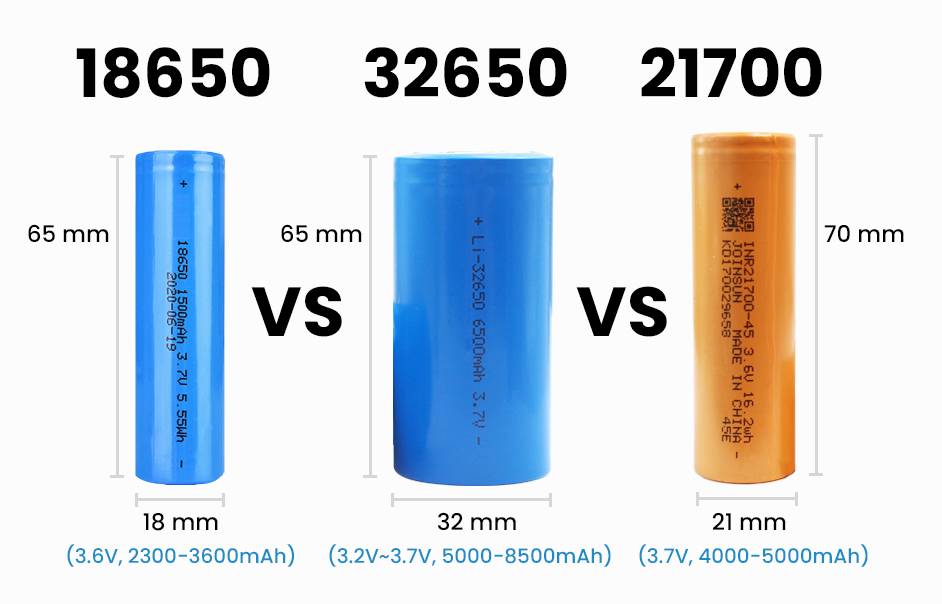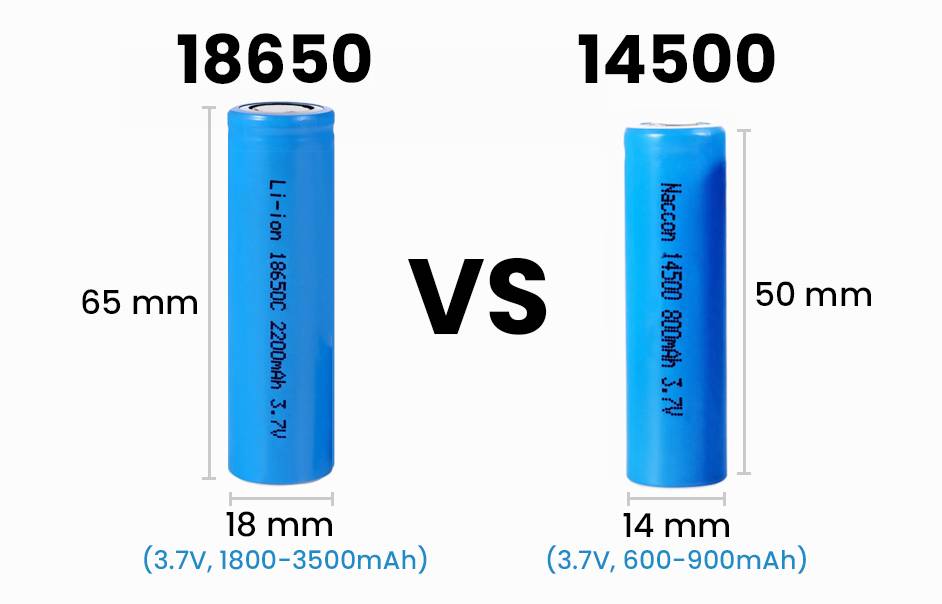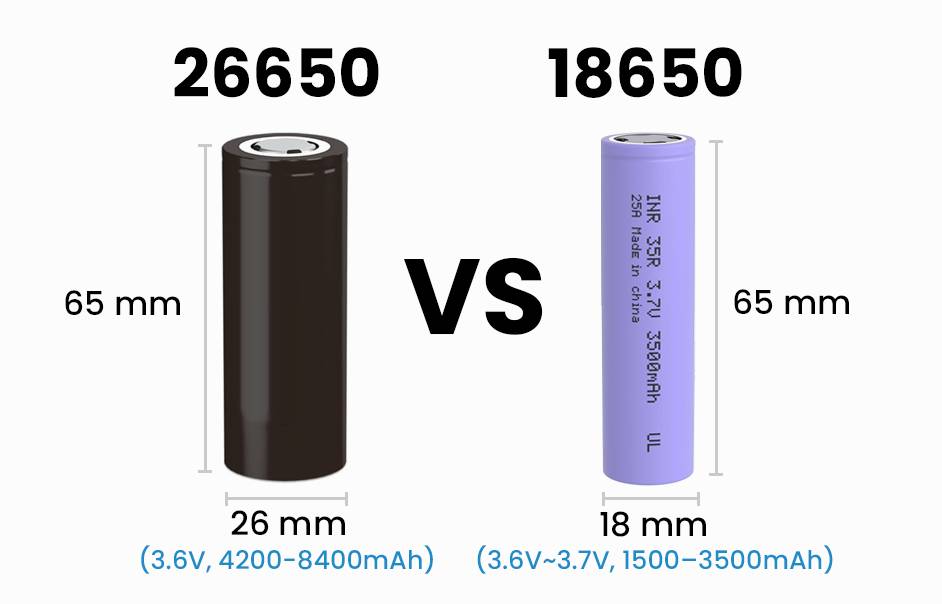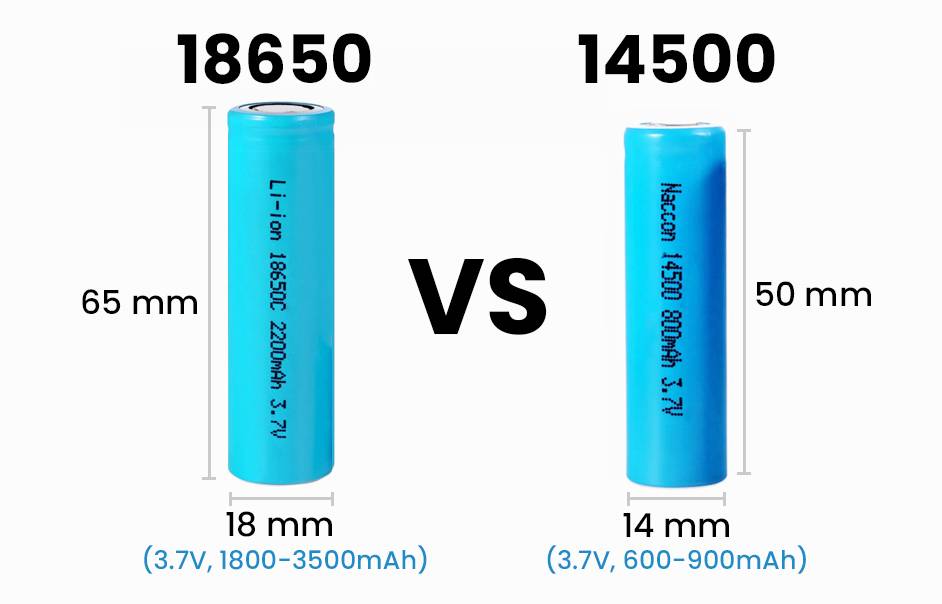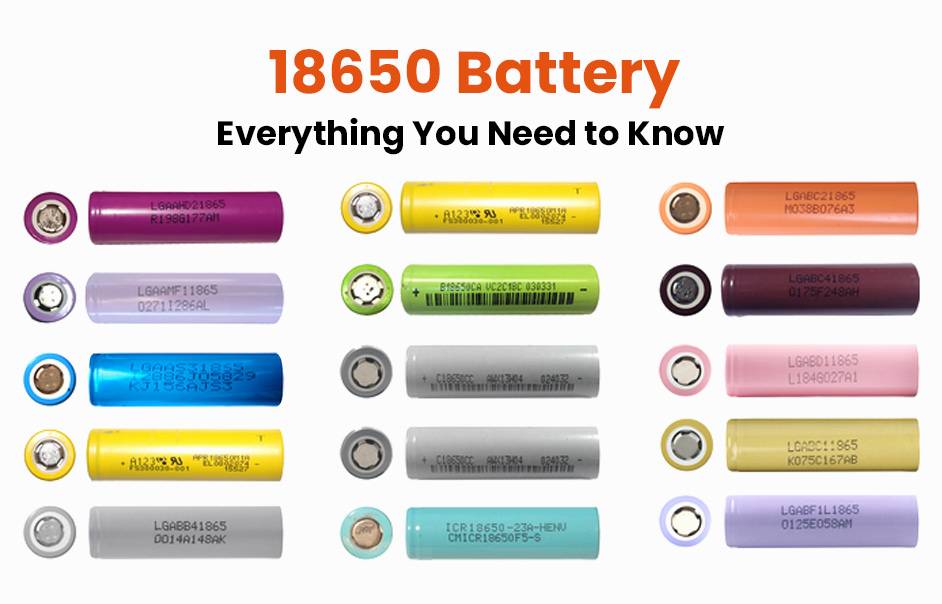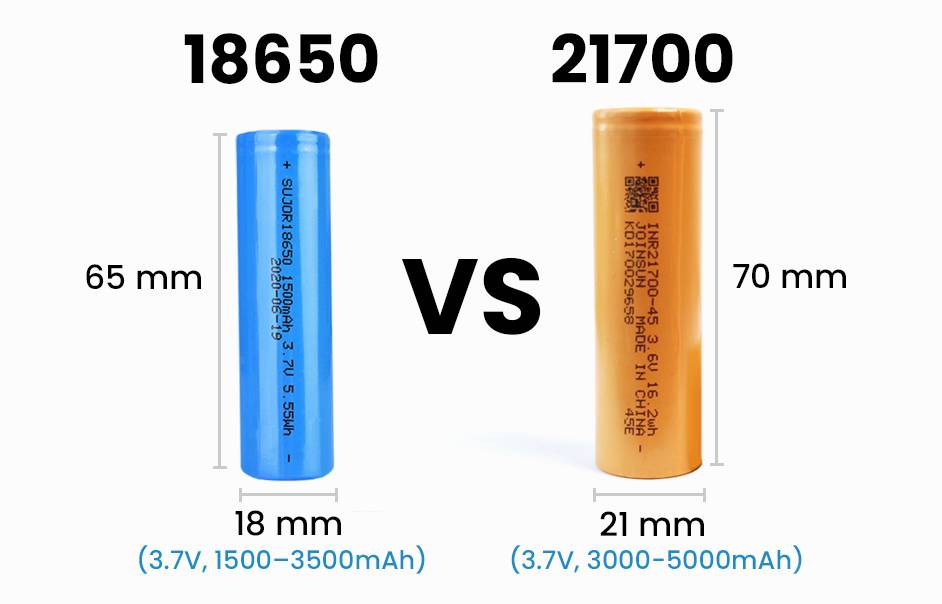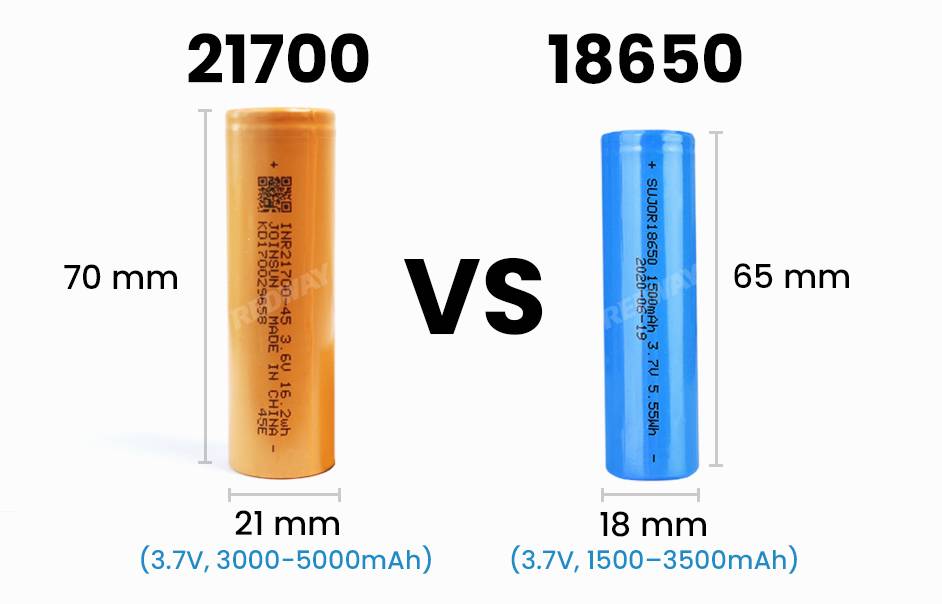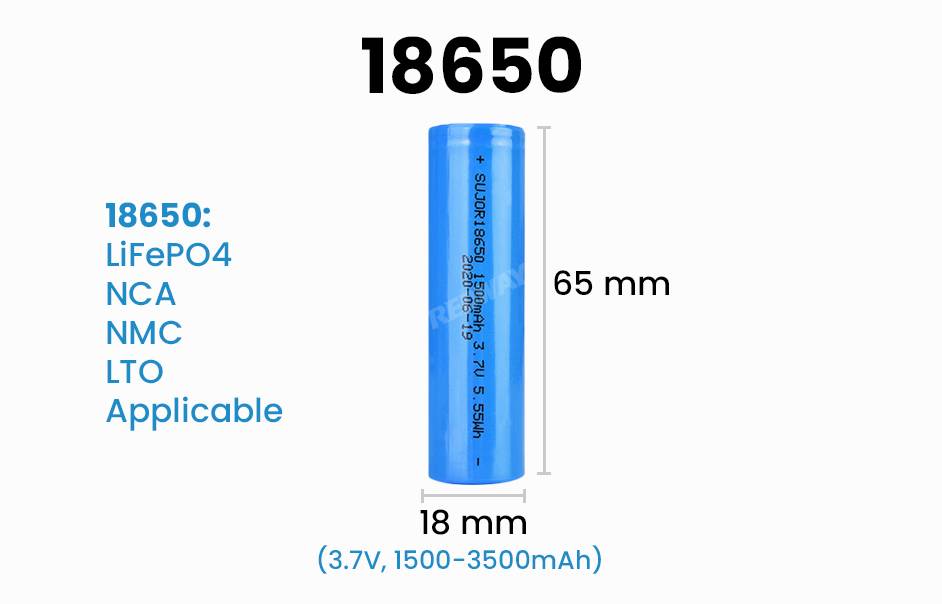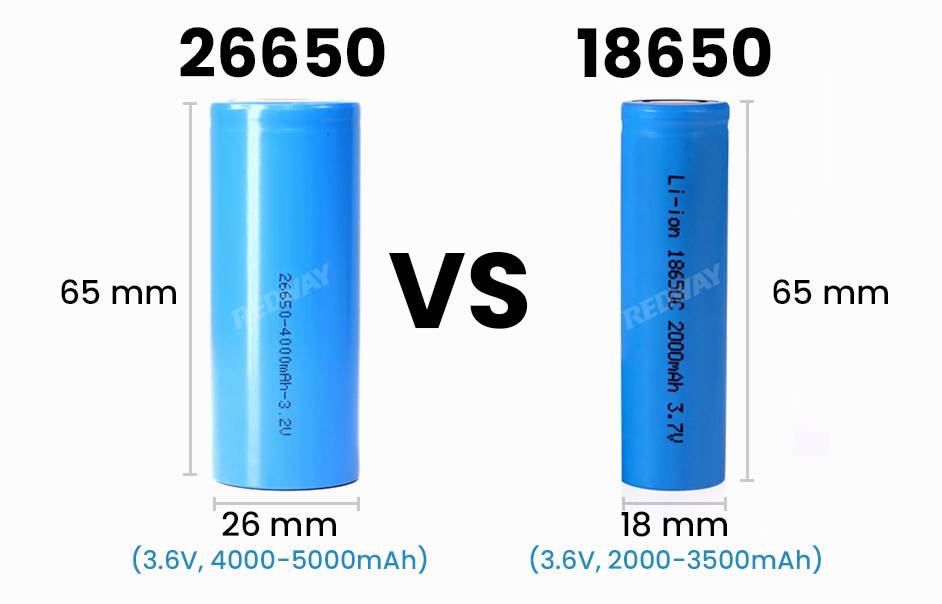- Rack-mounted Lithium Battery
- Golf Cart Lithium Battery
-
Golf Cart Lithium Battery
- 36V 50Ah (for Golf Carts)
- 36V 80Ah (for Golf Carts)
- 36V 100Ah (for Golf Carts)
- 48V 50Ah (for Golf Carts)
- 48V 100Ah (Discharge 100A for Golf Carts)
- 48V 100Ah (Discharge 150A for Golf Carts)
- 48V 100Ah (Discharge 200A for Golf Carts)
- 48V 120Ah (for Golf Carts)
- 48V 150Ah (for Golf Carts)
- 48V 160Ah (Discharge 100A for Golf Carts)
- 48V 160Ah (Discharge 160A for Golf Carts)
-
Golf Cart Lithium Battery
- Forklift Lithium Battery
- 12V Lithium Battery
- 24V Lithium Battery
- 36V Lithium Battery
- 48V Lithium Battery
-
48V LiFePO4 Battery
- 48V 50Ah
- 48V 50Ah (for Golf Carts)
- 48V 60Ah (8D)
- 48V 100Ah (8D)
- 48V 100Ah
- 48V 100Ah (Discharge 100A for Golf Carts)
- 48V 100Ah (Discharge 150A for Golf Carts)
- 48V 100Ah (Discharge 200A for Golf Carts)
- 48V 150Ah (for Golf Carts)
- 48V 160Ah (Discharge 100A for Golf Carts)
- 48V 160Ah (Discharge 160A for Golf Carts)
-
48V LiFePO4 Battery
- 60V Lithium Battery
-
60V LiFePO4 Battery
- 60V 20Ah
- 60V 30Ah
- 60V 50Ah
- 60V 50Ah (Small Size / Side Terminal)
- 60V 100Ah (for Electric Motocycle, Electric Scooter, LSV, AGV)
- 60V 100Ah (for Forklift, AGV, Electric Scooter, Sweeper)
- 60V 150Ah (E-Motocycle / E-Scooter / E-Tricycle / Tour LSV)
- 60V 200Ah (for Forklift, AGV, Electric Scooter, Sweeper)
-
60V LiFePO4 Battery
- 72V~96V Lithium Battery
- E-Bike Battery
- All-in-One Home-ESS
- Wall-mount Battery ESS
-
Home-ESS Lithium Battery PowerWall
- 24V 100Ah 2.4kWh PW24100-S PowerWall
- 48V 50Ah 2.4kWh PW4850-S PowerWall
- 48V 50Ah 2.56kWh PW5150-S PowerWall
- 48V 100Ah 5.12kWh PW51100-F PowerWall (IP65)
- 48V 100Ah 5.12kWh PW51100-S PowerWall
- 48V 100Ah 5.12kWh PW51100-H PowerWall
- 48V 200Ah 10kWh PW51200-H PowerWall
- 48V 300Ah 15kWh PW51300-H PowerWall
PowerWall 51.2V 100Ah LiFePO4 Lithium Battery
Highly popular in Asia and Eastern Europe.
CE Certification | Home-ESS -
Home-ESS Lithium Battery PowerWall
- Portable Power Stations
18650 vs 26650 Lithium Batteries, All You Need to Know
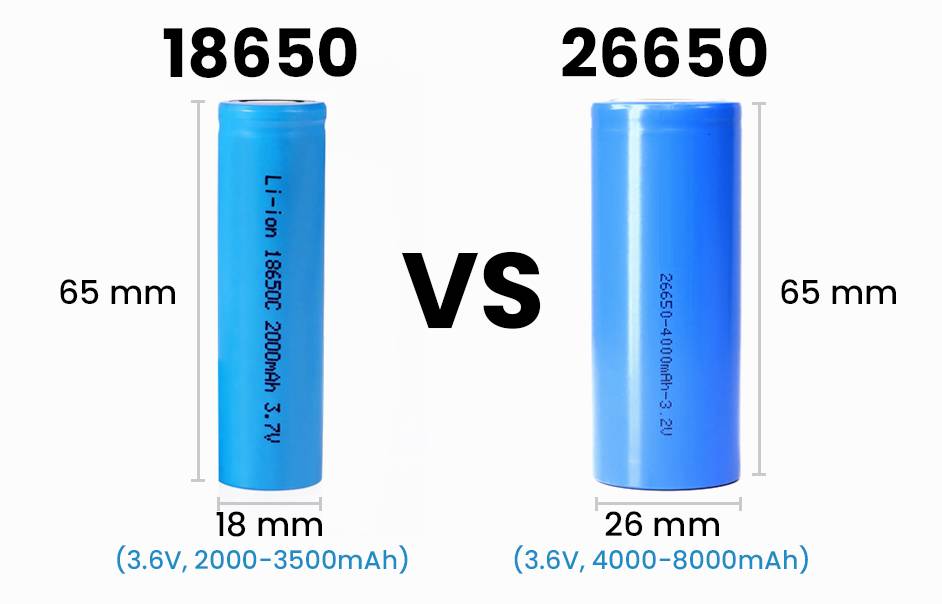
Discover the dynamic universe of lithium batteries, indispensable in today’s tech-driven age. This exploration delves into the intricacies of two powerhouses: the 18650 and 26650 batteries. While their cylindrical forms may suggest similarities, these energy stalwarts boast unique traits. Whether you’re a gadget guru or eco-conscious enthusiast, choosing between these batteries demands a keen understanding. Join us on an electrifying journey to unravel the nuances and make an informed choice in the world of portable power.
What are 18650 and 26650 batteries?
18650 and 26650 batteries are lithium-ion rechargeable batteries known for their high energy density. Understanding their differences in size, capacity, and performance is crucial for choosing the right one for your electronic devices.
Key Points:
- Dimensions: The numbers in 18650 and 26650 represent their diameter (18mm or 26mm) and length (65mm) respectively. Both are widely used due to their compact size and high energy storage.
- Size and Capacity: The 26650 is larger, offering higher capacity compared to the smaller 18650. This translates to longer runtime before needing recharging, making it suitable for various applications.
- Performance: While both operate at similar voltages, the 26650 has a higher discharge rate due to its larger surface area. This makes it more suitable for applications requiring higher power output.
- Lifespan: Both batteries offer good cycle life, but factors like depth of discharge and charging habits impact overall longevity. Proper care is essential for maximizing the lifespan of lithium-ion batteries.
Choosing between 18650 and 26650 batteries depends on factors like device compatibility, available space, desired runtime, and cost considerations. Regardless of the choice, proper usage and maintenance are crucial for ensuring optimal performance and longevity.
Differences in Size and Capacity
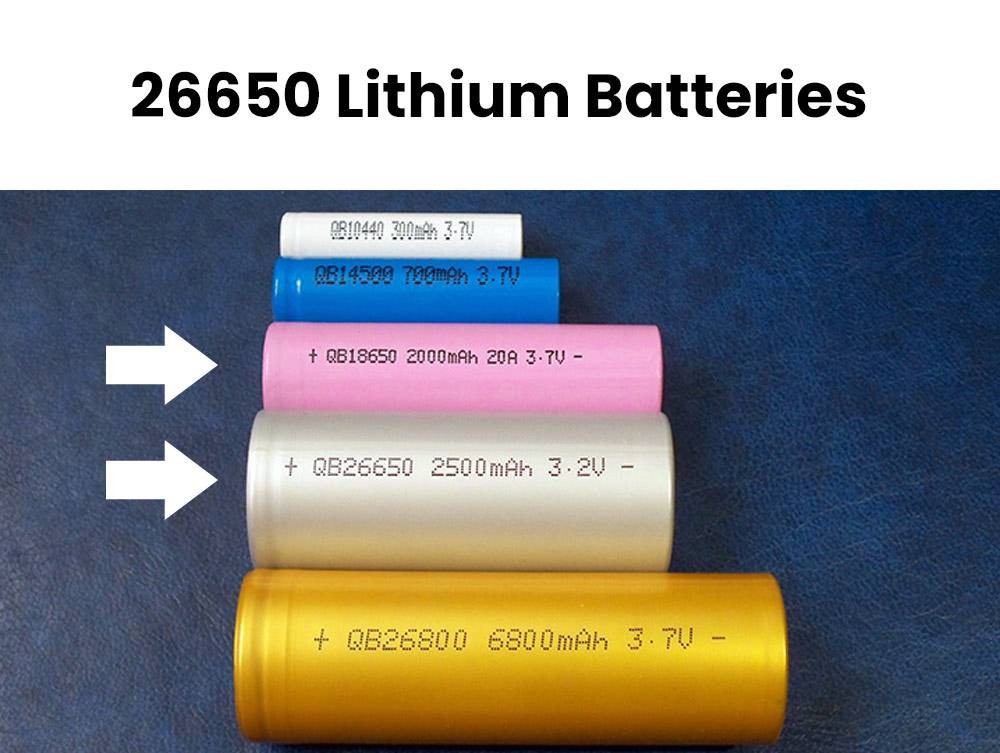
In the realm of lithium batteries, the 18650 and 26650 stand out with distinctive variations. Despite visual similarities, their size and capacity differences significantly impact their performance.
- Size Matters:
- 18650: Compact at 18mm diameter and 65mm length.
- 26650: Larger, measuring 26mm in diameter and 65mm in length.
- Greater volume in the 26650 allows for increased energy storage.
- Capacity Contrast:
- 18650: Averaging 2500mAh capacity.
- 26650: Double or more capacity compared to the 18650.
- Varied power storage levels impact suitability for different applications.
- Performance Dynamics:
- 26650’s larger size results in increased electrode surface and thicker electrodes.
- Higher discharge rates and improved overall performance.
- Consideration: Larger isn’t always better; application-specific requirements matter.
While both batteries serve distinct purposes, understanding the nuances in size and capacity is crucial for informed decisions. Whether prioritizing portability or managing lower power consumption in devices like flashlights or laptops, choosing between the efficient 18650 and robust 26650 depends on careful consideration of specific needs!
Performance Comparison: Voltage, Discharge Rate, and Lifespan
When comparing the performance of 18650 and 26650 lithium batteries, several factors come into play:
- Voltage: Both battery types generally have similar voltage ranges, typically between 3.6 to 4.2 volts when fully charged. This ensures compatibility with a wide range of devices.
- Discharge Rate: The larger size of the 26650 battery allows for a higher current output compared to the smaller 18650 battery. This makes the 26650 battery suitable for high-drain devices or applications with heavy usage that require more power.
- Lifespan: Due to their larger capacity and robust construction, 26650 batteries tend to have a longer lifespan compared to 18650 batteries. Factors like usage and maintenance influence battery lifespan.
While these performance differences exist, their significance depends on your specific needs and applications. When choosing between 18650 and 26650 lithium batteries, carefully assess your individual requirements for power output and longevity to make an informed decision.
Applications of 18650 and 26650 batteries
The compact size and high energy density of both 18650 and 26650 lithium batteries make them versatile for a range of applications:
- Portable Electronics: Ideal for devices like laptops, smartphones, and tablets where their small size doesn’t compromise power, ensuring extended usage.
- Electric Vehicles (EVs) and Hybrid Cars: Playing a crucial role in sustainable transportation, these batteries power EVs efficiently, offering longer driving ranges without frequent recharges.
- Flashlights and Lighting Devices: Widely used in lighting applications due to their high discharge rates, providing bright illumination for extended periods.
- Renewable Energy Storage Systems: Utilized in solar panels or wind turbines for storing excess energy during peak production, releasing it when needed for sustainability.
- Medical Equipment: Reliable and long-lasting, these batteries are employed in medical devices like pacemakers or defibrillators.
The versatility of both 18650 and 26650 lithium batteries makes them valuable across various industries, providing compact yet powerful energy solutions for diverse applications.
Which Battery is Right for You?
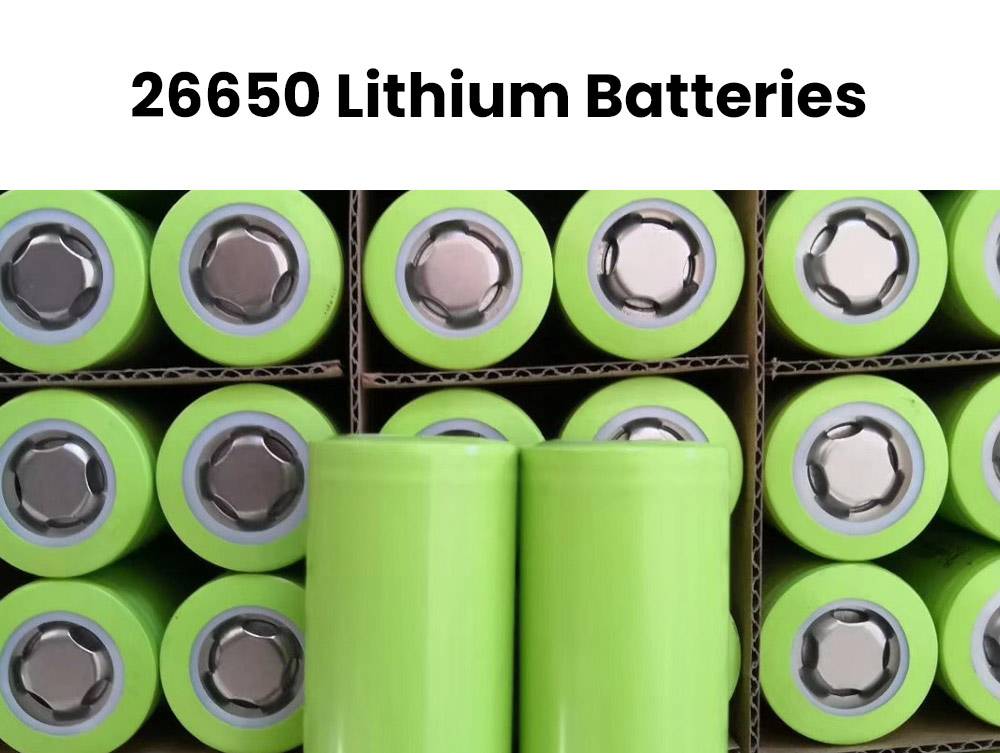
When choosing between 18650 and 26650 lithium batteries, consider your specific needs:
- 18650 Battery:
- Advantages: Smaller, compact design.
- Applications: Laptops, flashlights, vape mods.
- Features: Good balance between capacity and discharge rate.
- 26650 Battery:
- Advantages: Larger capacity, higher power output.
- Applications: Electric vehicles, power tools, solar energy systems.
- Features: Ideal for long-lasting performance.
Consider factors like voltage requirements and discharge rates for your device or application. Consult manufacturer guidelines and follow safety protocols for optimal battery performance and longevity. Understanding your requirements is key to choosing the right lithium battery.
Tips for Proper Use and Care of Lithium Batteries
Proper use and care of lithium batteries are crucial for their performance and safety. Here are essential tips:
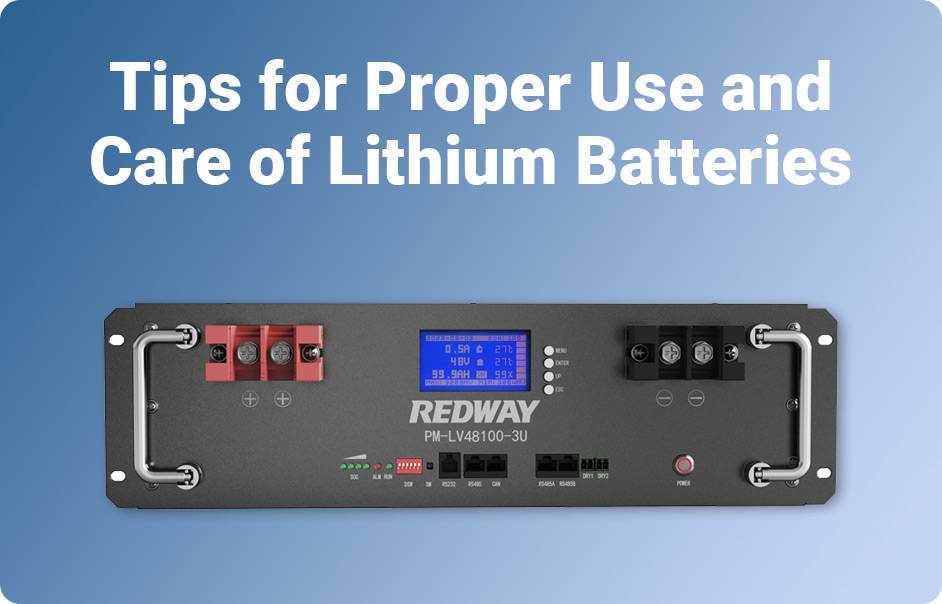
- Charge Correctly:
- Use a charger designed for lithium-ion batteries.
- Follow manufacturer’s instructions to avoid overcharging or undercharging.
- Avoid Extreme Temperatures:
- Keep batteries in environments with temperatures between 20-25°C (68-77°F).
- Extreme heat or cold can impact battery performance and lifespan.
- Handle with Care:
- Avoid physical impacts, punctures, or excessive pressure.
- Mishandling can be dangerous despite lithium batteries being generally safe.
- Proper Storage:
- Store unused batteries in a cool, dry place away from direct sunlight.
- Ensure storage away from flammable materials.
- Prevent Overdischarging:
- Avoid draining the battery completely, if possible.
- Most devices have protection circuits, but it’s a good practice to be cautious.
- Regular Inspection:
- Periodically check for signs of wear, swelling, leaks, or damage.
- Any indication of damage may signal the need for replacement.
- Choose Reputable Brands:
- Invest in lithium batteries from reputable brands for reliability and longevity.
Following these tips will help you maximize your lithium batteries’ performance and lifespan while prioritizing safety.
Conclusion
In summary, the choice between 18650 and 26650 lithium batteries depends on your specific needs. If you prioritize smaller size and compatibility, go for the 18650; for longer runtimes and higher current loads, opt for the 26650. Regardless, proper care, following manufacturer guidelines, and considering factors like device compatibility are essential for optimal performance and longevity. Armed with this knowledge, make an informed decision for your next battery purchase.
FAQs
Are 26650 batteries better than 18650?
What is the best quality 26650 battery?
What is the difference between 26650 and 21700 battery?
What is the maximum voltage for a 26650 battery?
Which Battery Sizes Will Develop for Tools and Power Banks?
How Do 18650 and 21700 Compare in R&D Investments?
What Are Opinions on Battery Sizes for EDC Flashlights?
What Are Future Implications of Battery Tech on 21700 and 26650 Market?
What Are Considerations for 21700 vs 26650 in Flashlights?
What Are Differences Between 21700 and 26650 in Size and Capacity?
More FAQs
What are the considerations regarding size, weight, and versatility when comparing 26650 and 18650 batteries?
When comparing the 26650 and 18650 batteries, several key factors should be taken into consideration:
Size and Weight: The 26650 battery is notably larger and heavier compared to the 18650 battery. This larger size and heavier weight may pose a drawback in scenarios where space and weight constraints are critical factors to consider.
Versatility: In terms of versatility, the smaller 18650 battery tends to have an advantage. Due to its smaller size, the 18650 battery can be used in a wider array of devices, providing greater flexibility in terms of compatibility and application possibilities.
How does the energy density of 18650 battery compare to that of a 26650 battery?
When comparing the energy density of an 18650 battery to that of a 26650 battery, it is evident that the 18650 battery, despite being smaller in size, possesses a higher energy density. This allows the 18650 battery to deliver a substantial amount of power in comparison to the larger 26650 battery.
What are the advantages of a 18650 battery despite its smaller size?
Despite its compact size, the 18650 battery offers numerous advantages. One of its key strengths is its high energy density, which enables it to provide a substantial amount of power relative to its small dimensions. Additionally, the 18650 battery is prized for its versatility, being well-suited to a wide array of applications due to its diminutive form factor. Its adaptability makes it a popular choice for various devices, ranging from laptops and power tools to electric vehicles and solar grids.
How does the size of a battery impact its performance and utility?
The size of a battery significantly impacts its performance and utility by affecting its energy capacity and ampere-hour (Ah) rating. A larger battery size, such as the 26650 compared to the 18650 counterpart, allows for a greater energy capacity and higher Ah rating. This means that the battery can store more energy, which ultimately enhances its performance and utility. The larger size of the battery translates into improved overall performance, making it more efficient and suitable for a variety of applications.















